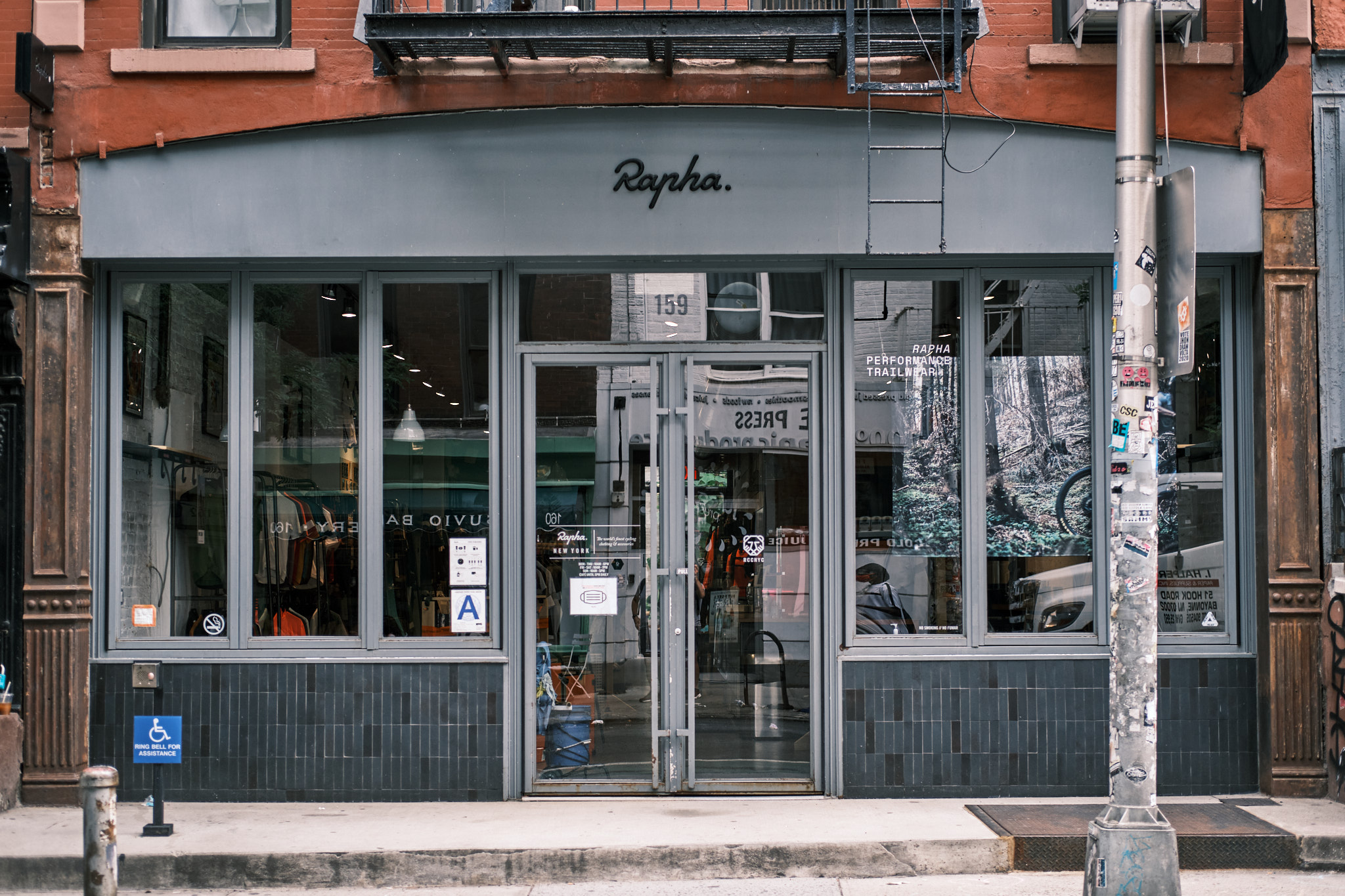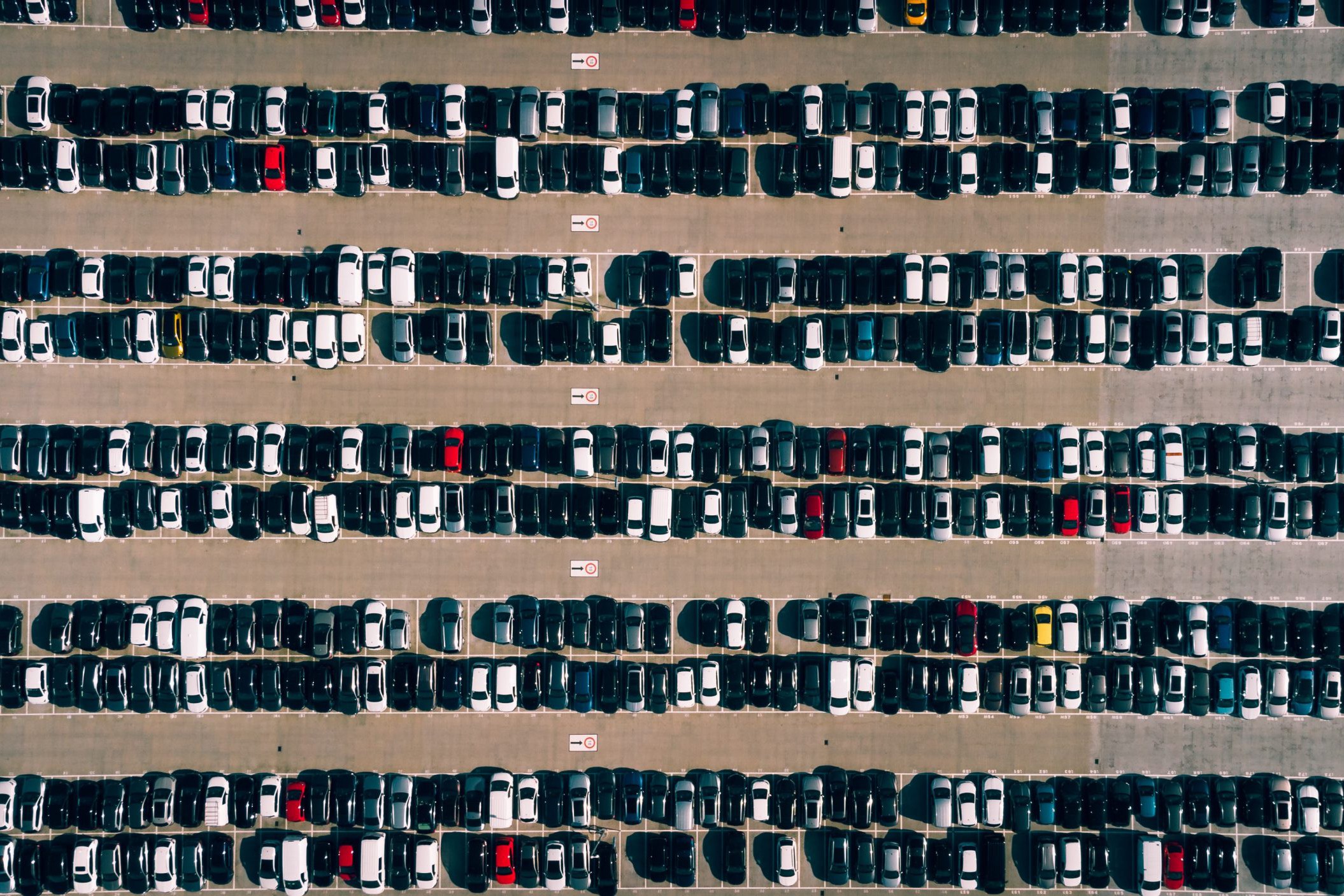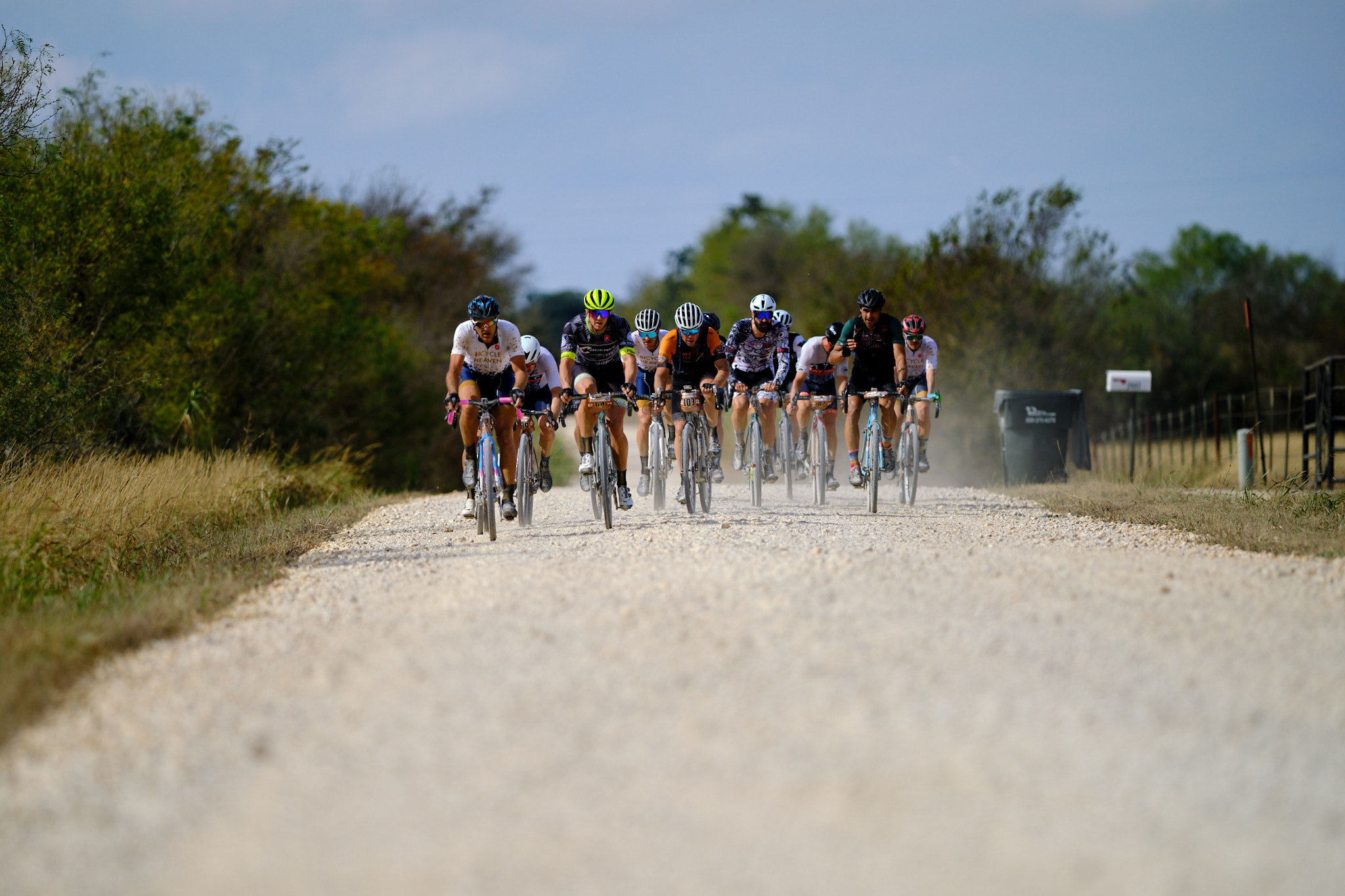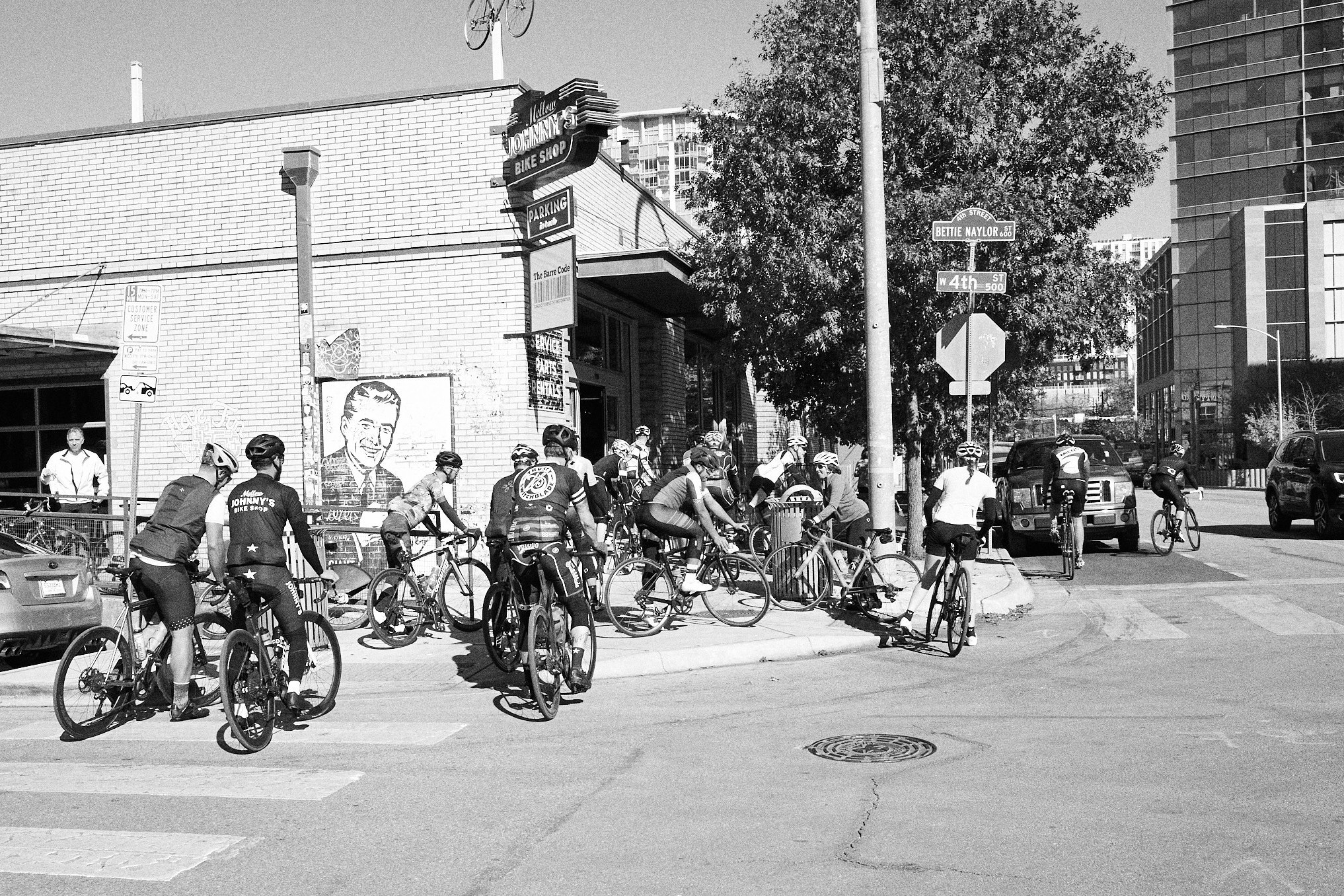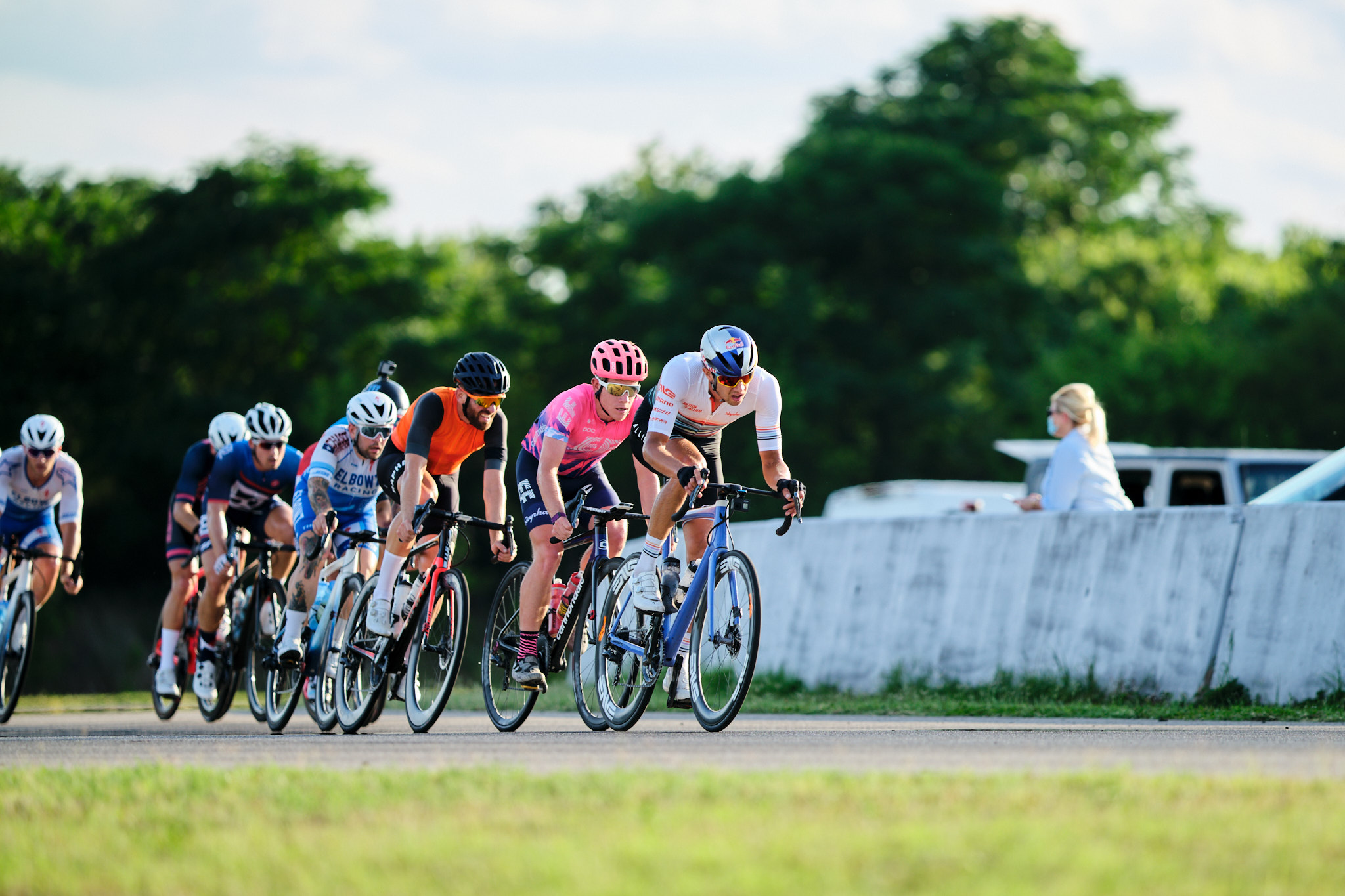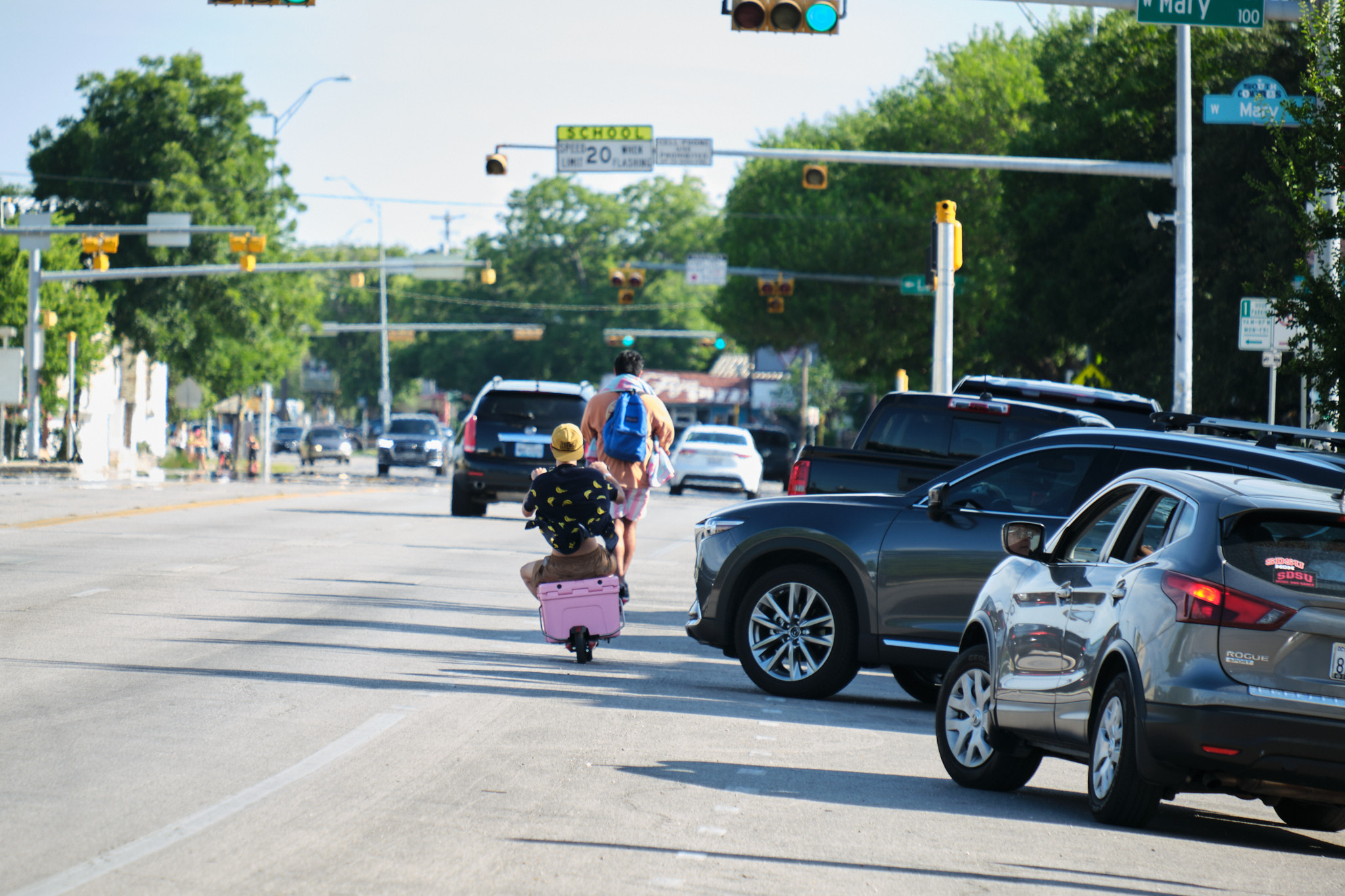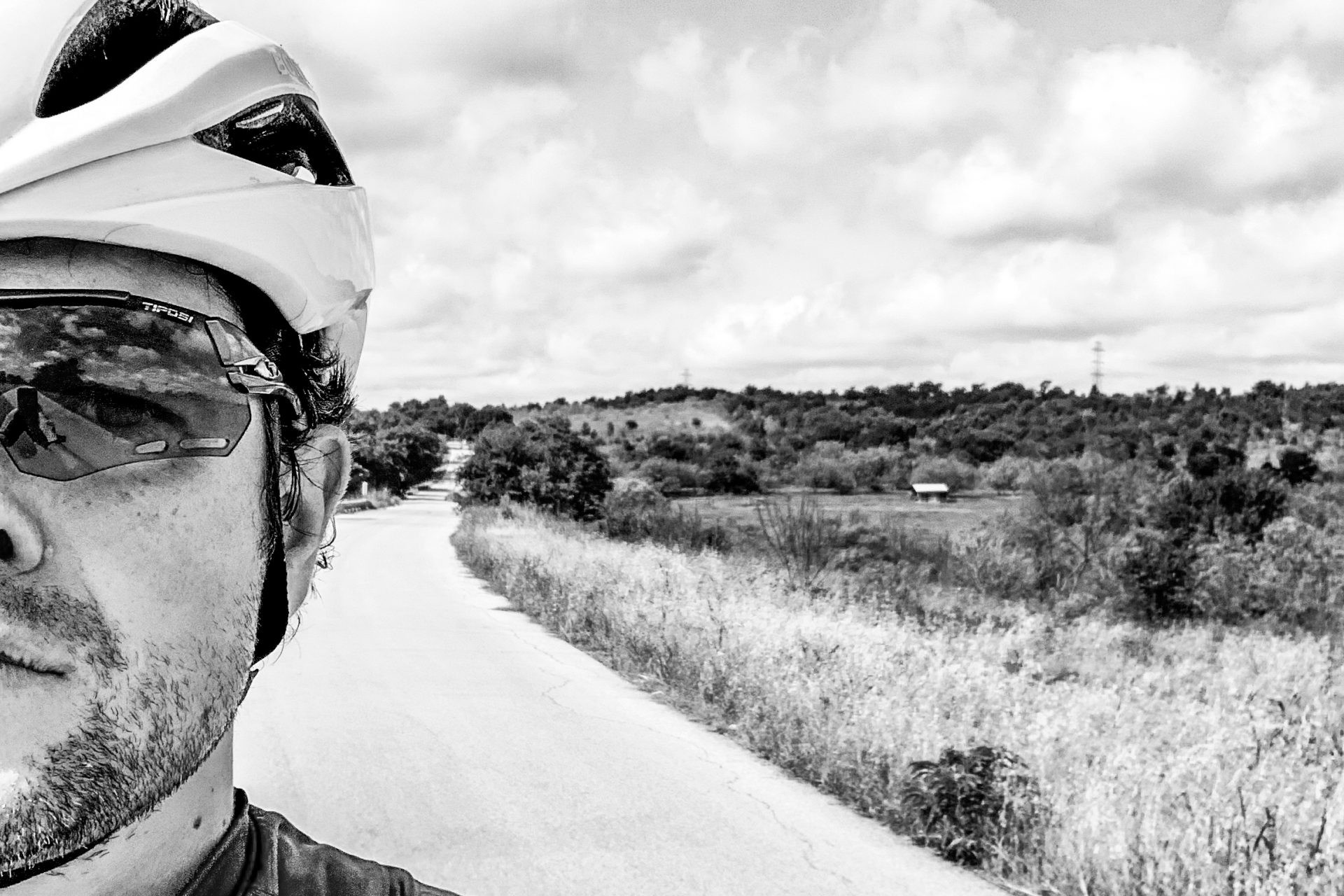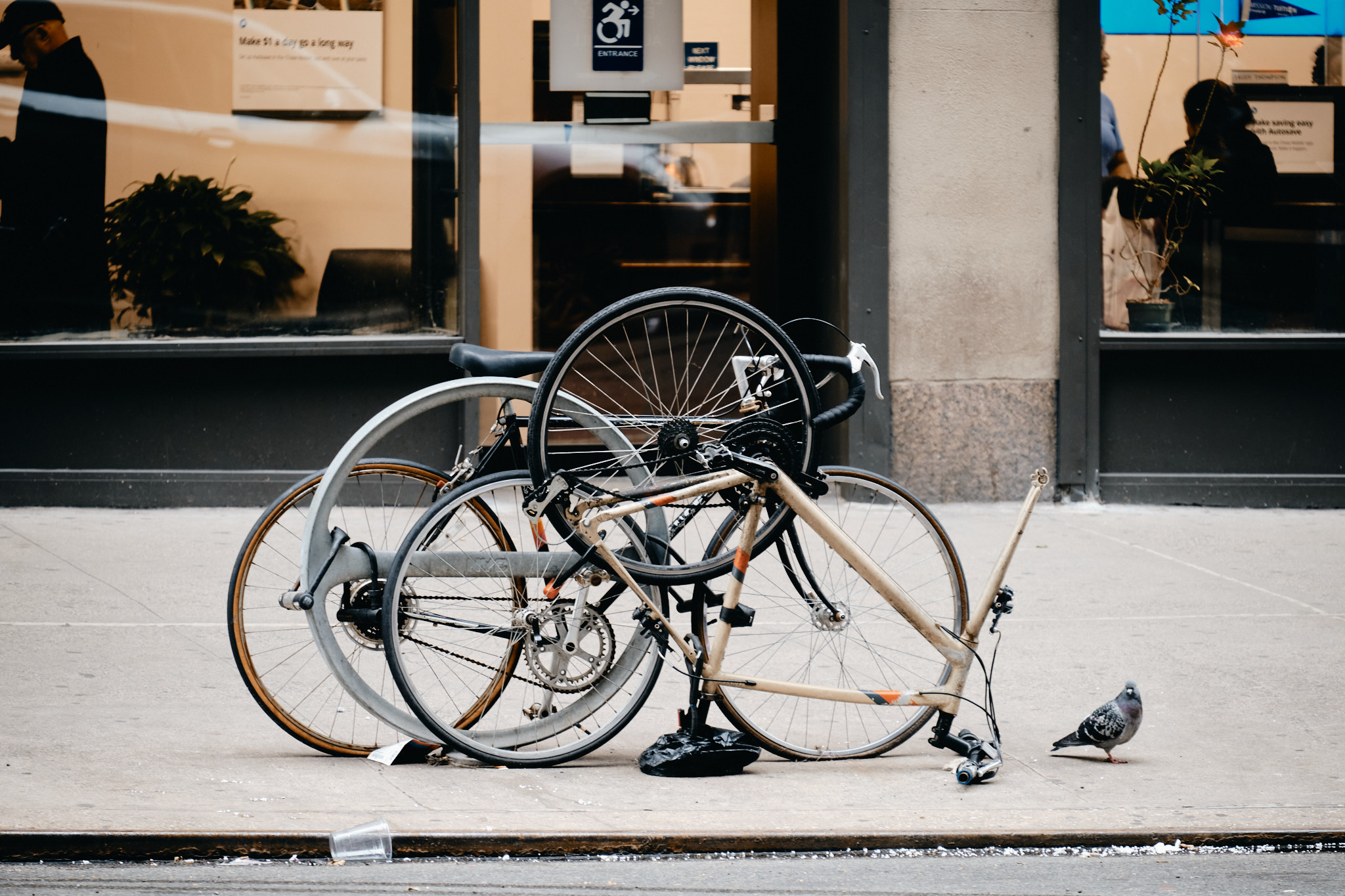Yes, for your country. While patriotic flags and sayings may often adorn large SUVs driven by soccer moms and suburban cowboys, it doesn’t take much effort to slap a flag sticker on your truck. Those who truly want to display their patriotism through mobility choose a mode of transportation quite the opposite from a world-burning Dodgy Ram.
The fact of the matter is that, flag-bearing or not, these vehicles take up an immense amount of space, not only in their immediate footprint or while idly parked (where they live 95% of the time), but also in the required road network, parking and general auto-centric development pattern needed for their utilization – a system that comes at a huge price to American citizens, both in direct costs and, also, indirectly in the form of lost productivity, excessive land use, inefficiency and the displacement of those who can’t afford to live close to where they work.
After 70 years of developing our cities for automobiles rather than humans, the average citizen has become somewhat “car blind”. Still, the case remains that alternatives exist. These alternatives are more efficient, cheaper, more “free market”, and better for the environment, yet the automobile remains “the answer” to most citizens, who know nothing else and, understandably, hardly have time to think about much more than making ends meet, let alone reading about transportation issues in their free time.
“Free market? Forcing bike lanes and trains down my throat isn’t free market,” you might say. This is understandable. Years of market-distorting laws favoring automobile transportation are what got us here, such as parking minimums, single-family residential zoning, square footage minimums, development requirements for wide, high speed roads – the list goes on. What’s resulted is a cycle of auto dependency where alternatives to automobile transportation have become impossible, with endless federal funds in the form of what amounts to payday loans to keep the auto-centric development churning. With unchecked state and federal road infrastructure funding , there’s no incentive to stop building cities outward into expensive non-places full of big box stores and cookie cutter snout-house subdivisions – places inhospitable humans not encased safely SUVs.
That’s where bikes come in. Your town, city, municipality, or village may not have acceptable transit service, everything is too spread out to walk, Uber-ing everywhere is prohibitively expensive, and autonomous vehicles are still a Silicon Valley fantasy. The bicycle, however, in all its high-efficiency glory, can move a human just far enough, just fast enough, to get them where they’re going without having to drive. No, if you live in the country and have to take Farm to Market 920 (i.e., Sprawl to Parking 920) fifteen miles to the grocery store, bicycling probably won’t work for you. If, however, you’re anyone from a small town dweller, up to and including a city slicker who has amenities within a reasonable distance of home – you can absolutely ride your bike for transportation.
Below is a picture of my “car”. Within a reasonable radius of my apartment, I run any errand I please without a second thought. Too hot? Humans sweat. Too cold? I’ll warm up with a little movement. Rain? Where I live, it doesn’t rain continuously, but I save enough not owning a car to justify buying some pretty awesome rain gear (or to be chauffeured to my destination in an Uber on special occasions).
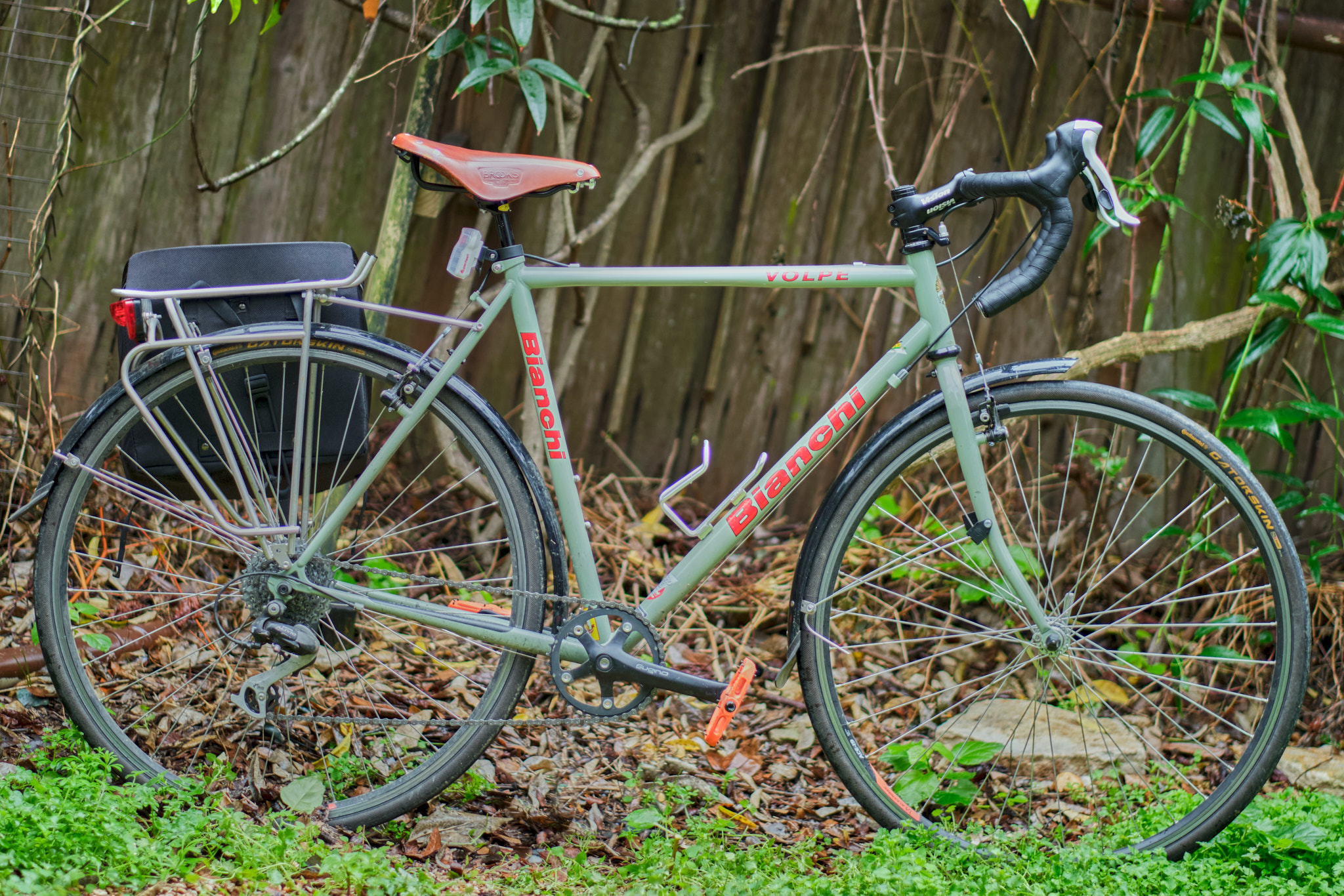
My area isn’t dense. Houses have yards, there are ugly parking lots and soulless big box stores, nonetheless, everything I need is close enough to reach by bike and I’m fortunate enough to have relatively safe streets on which to make these trips.
The most striking thing about my trips is how much I’m slowed down by automobile infrastructure. In most cases, I can reach my destination in less time than it takes to drive (especially during rush hour) utilizing sidewalks, trails and the “Idaho Stop” (civil disobedience, right?). Single-family housing, parking and excessive, land-wasting roads take up most of the space between points A and B. I, and every cyclists I see along the way, however, require very little space. This image does a good job of illustrating that:
Every additional cyclist on the road highlights the absurdity of the development patterns we have in place. Designing for this:
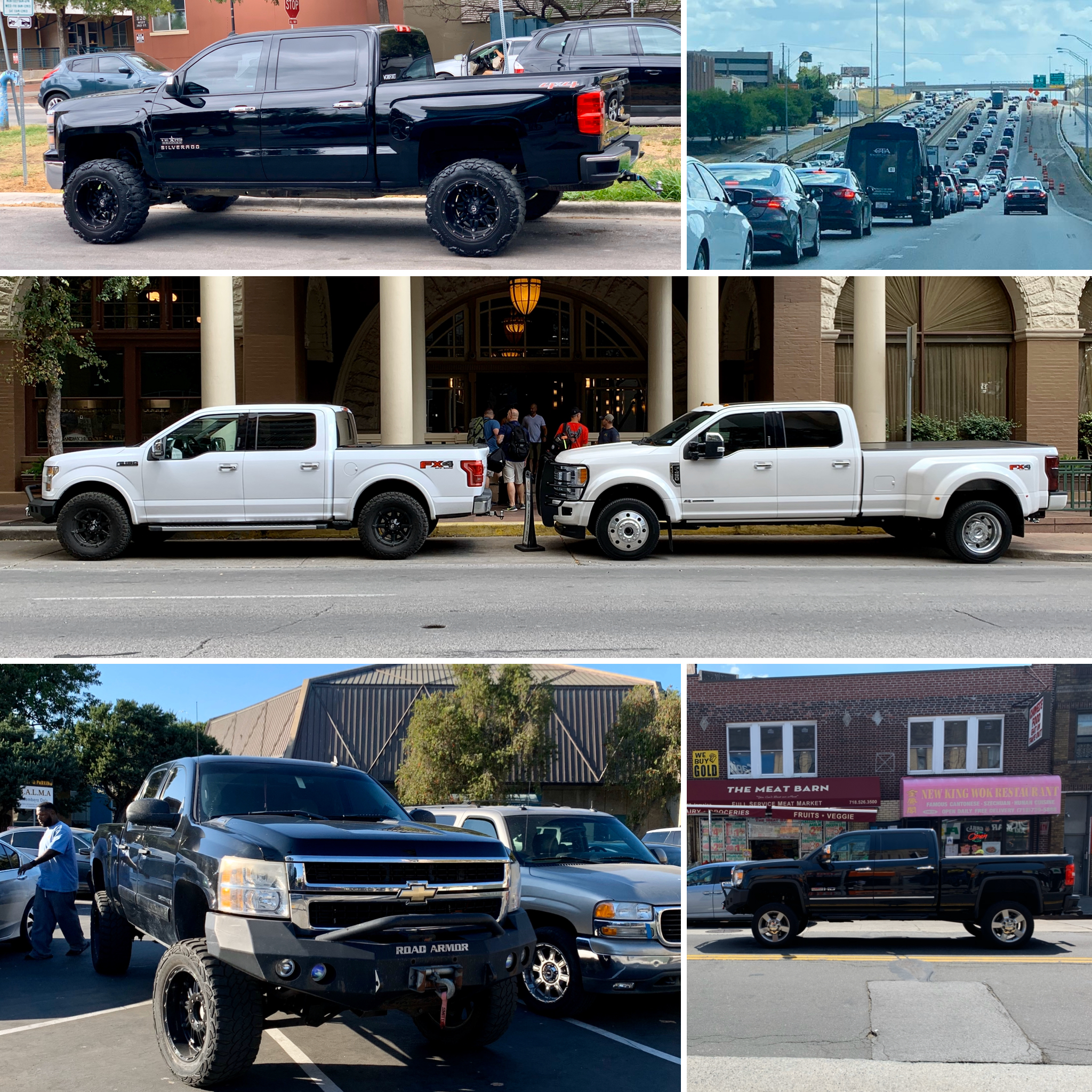
Creates this:

The above, in case you don’t recognize the reference, is an auto-centric non-place with an incredible infrastructure burden relative to its density. The generation who built this won’t be around to endure the incredible cost of its maintenance, which will either be funded through high federal/state taxes or crushing millages/assessments on the individual citizens who live here. “Freedom” to live where one desires is often brought into the conversation when sprawl and single-family housing is criticized, however, there’s nothing “free” about burdening fellow citizens with the cost of such development, or demanding that every public space be destroyed for the sake of one’s giant metal wheelchair, or a de facto car ownership requirement. By all means, choose live where you want, but let’s reconfigure the market so that true costs are reflected in those choices. Declaring the area pictured above as “freedom” is similar to one demanding that they be free to live in subsidized housing or to receive welfare.
Will glimpsing the occasional cyclist change anyone’s mind about driving or housing? Probably not immediately, but when citizens demonstrate that they can get from place to place without wrapping themselves in a 6,000 pound wheelchair and show their city that they want the ability to do so, change happens. More cyclists means more bike lanes, more awareness from drivers, more density and less parking. The most able bodied among us, especially, who want to see change, have a responsibility to get out there and ride, as it’s often the case that, while a person of stout age and fitness can make their way reasonably well through city streets, these streets aren’t yet safe enough for children, families or the elderly.
Choosing cycling (or walking, or transit, etc.) over driving is one small vote for human-scale cities and towns, for fiscally responsible and sustainable development patterns, for safe streets that value life over vehicles per hour, for mobility over isolation.
Cities are man’s greatest invention. The sprawling, auto-centric development patterns we’ve come to normalize in this post-war era are chipping away at our cities little by little. When you see someone riding their bike as a means of transportation in America, whether by necessity or choice, consider it the exemplar of all those little SUV window flags in action. Bike for your country.
Are Roadies Vapid?
Can you feel it? That pressure to whip out the smartphone…
I Bought a Car and Feel Terrible About It
If I'm honest with myself, embarrassment deserves partial…
Shooting Gravel Events
An important characteristic of American gravel events from…
2021?
Certainly, there will be more events, right? The only two…
Welcome to Austin, New Cyclist
One more feather in Austin’s cap, and a big reason I…
Driveway Returns
Bike racing is back! In Austin, at least. After two…
Riding Under COVID-19
“Alone but together” - I feel like I’ve seen this phrase…
A Commuter
At first, it felt quite forced. The effort of going outside…

